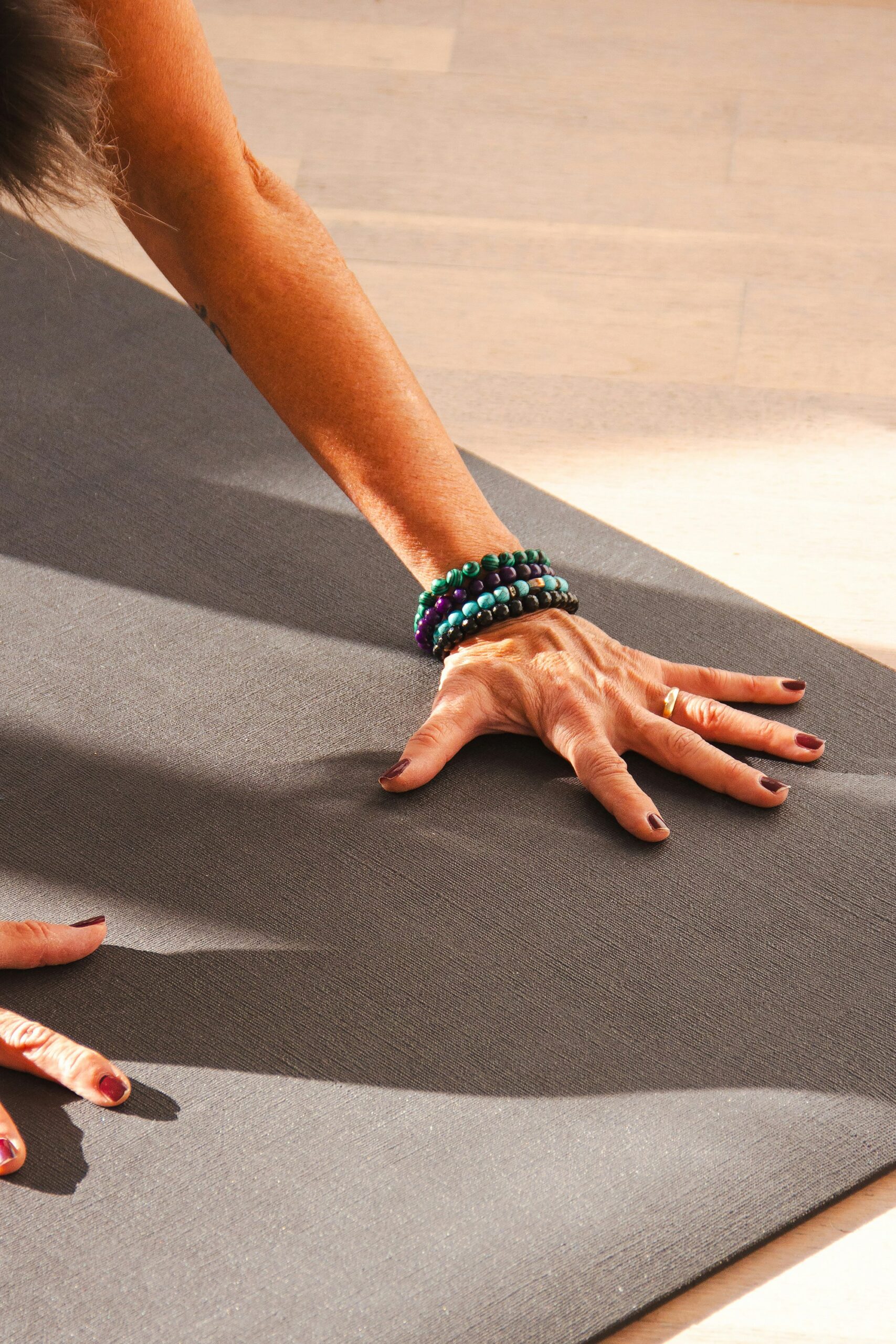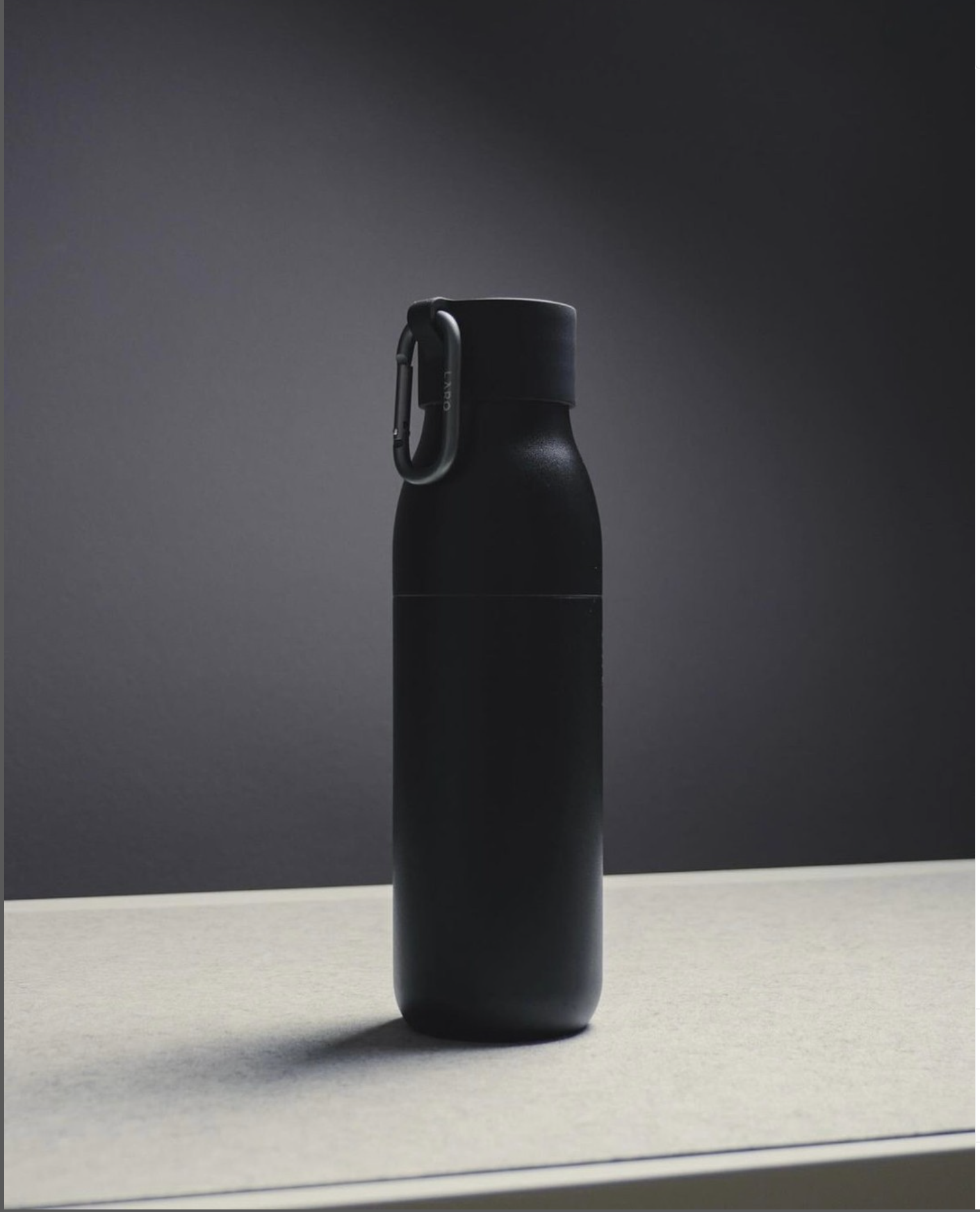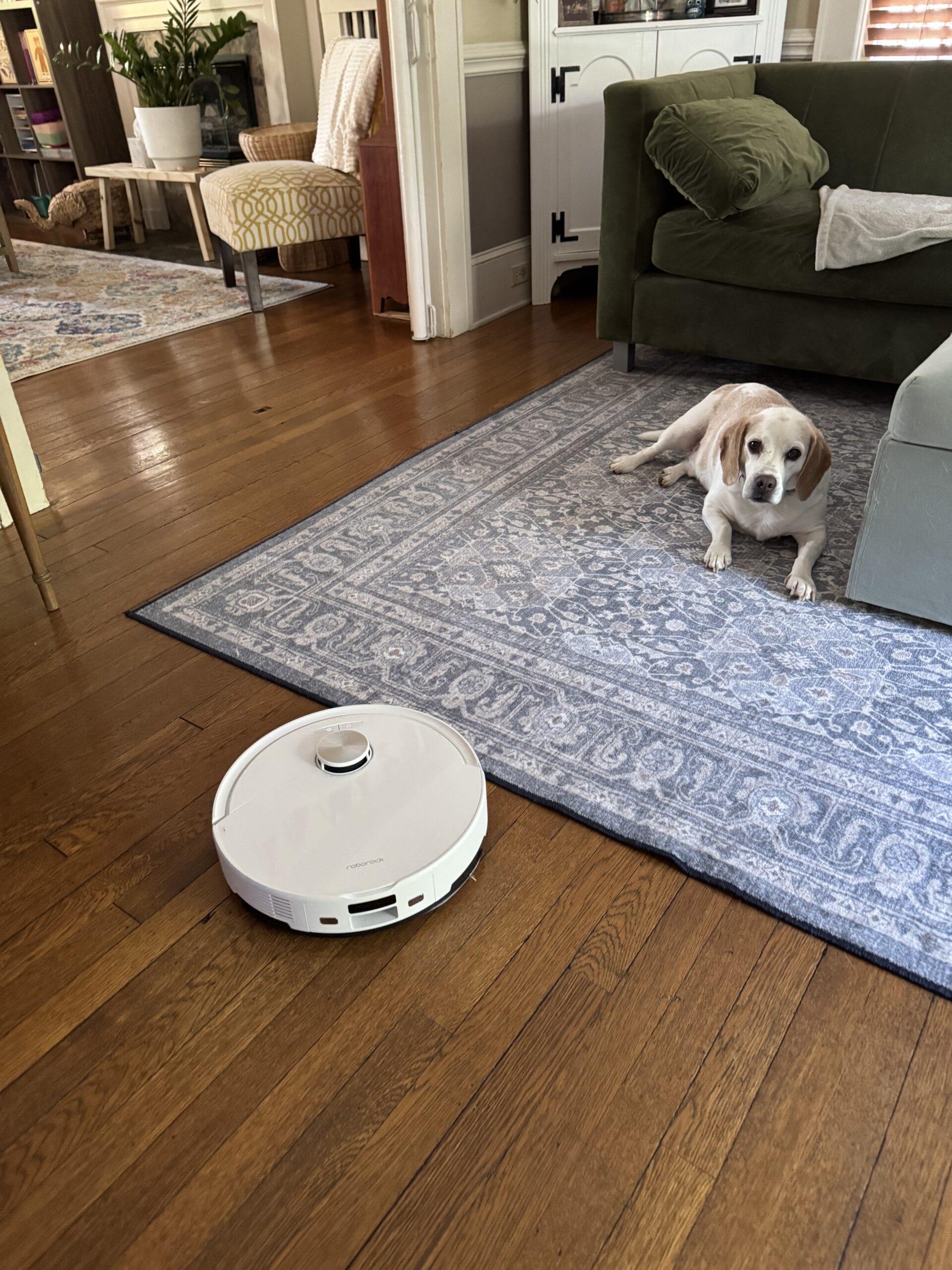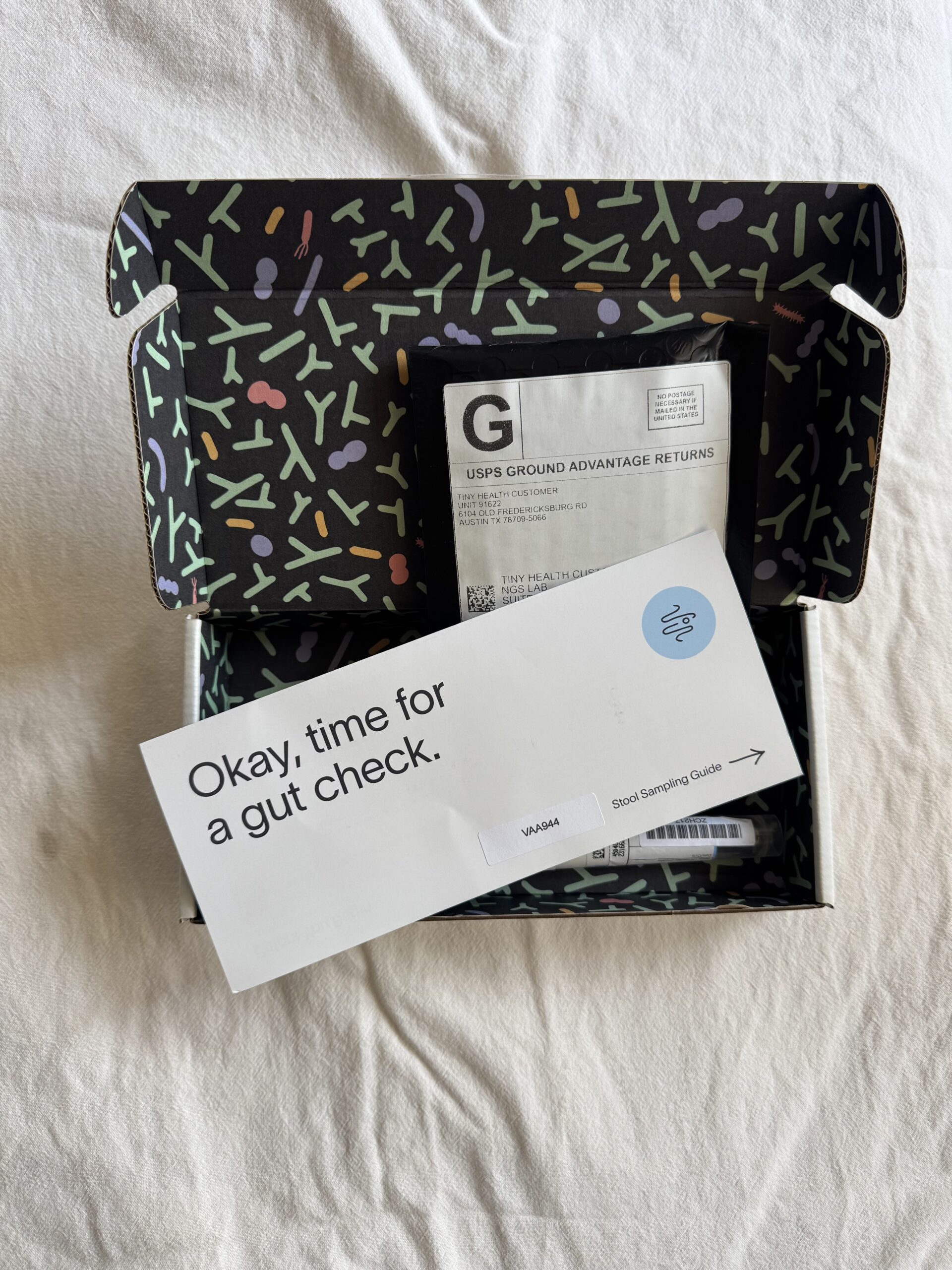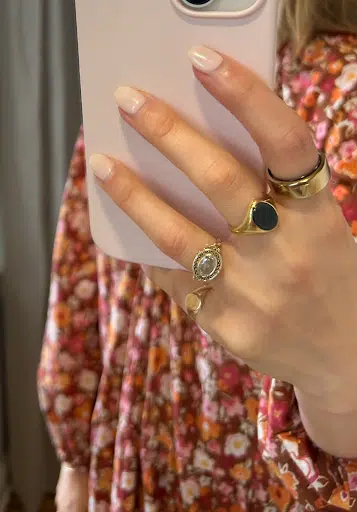
Our Oura Ring Review: Comfort, Accuracy, & Fit (2025)
Good Gear editors endorse products we’ve personally researched, tested, and genuinely love. Learn more about our methodology and business model here.
GOOD GEAR RATING — 8/10 STARS
Summary: After three months of testing, we highly recommend the Oura Ring as your go-to daily wearable for comprehensive tracking.
PROS
- A stylish, comfortable, and convenient wearable with a long battery life means you’ll actually use the Oura Ring
- The Oura Ring tracks sleep, movement, readiness, and temperature, and it integrates well with other apps like continuous glucose monitors and fertility trackers
- In the landscape of wearables, the Oura Ring sits midpoint in cost and delivers the most wear for the price
- The use of tags can be used on desktop makes for good data-crunching to see how specific behaviors impact health metrics
CONS
- There is a monthly subscription fee of $6 for full data (which you’ll want)
- While much more minimal than a watch, there’s still some heft to the ring if you’re not used to wearing jewelry
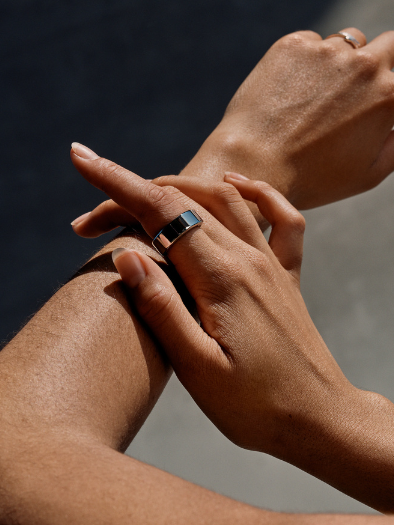
When it comes to wearables I have aesthetic and comfort preferences that make watches, well, kind of unwearable. For me, a watch means a sweaty wrist, a clunky interface, nighttime discomfort, and style sacrificed. Despite the benefits of sleep scores, fitness stats, and temperature tracking, I simply will not wear a watch with regularity and get the comprehensive data I need to actually make informed decisions about my health.
“[A] sense of positivity exudes from Oura’s brand and approach to non-invasive data gathering.”
Oura Ring was founded in 2013 by a group of three friends in Finland who were seeking a sleeker wearable device — one that could be worn around the clock, for any occasion. Finland is renowned as one of the happiest countries in the world, and this sense of positivity exudes from Oura’s brand and approach to non-invasive data gathering.
What sets the Oura Ring apart
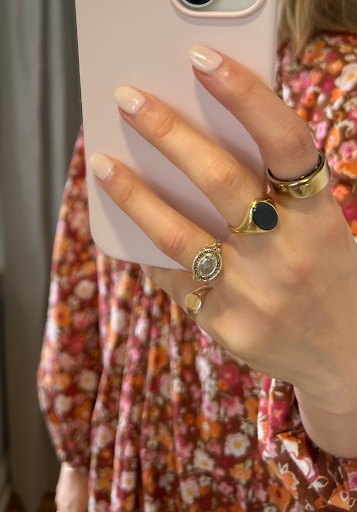
In the land of identical-looking watches (hi Fitbit, Whoop, Apple Watch! 👋), the Oura Ring is distinct in size and style, yet it delivers the key biometric tracking capabilities including:
- Resting heart rate
- Heart rate variability (HRV)
- Body temperature
- Respiratory rate
- Total sleep
- REM sleep
- Deep sleep
- Step count
- Calorie burn
Tiny infrared sensors within the ring’s inner band are behind Oura’s technology, capturing the wearer’s biometric data. Research cited in “The Future Is Faster Than You Think” reports that Oura Ring gathers data at a significantly higher frequency than products from competitors including Apple Inc. and Fitbit. These data points are used to score the user’s readiness, sleep, and activity levels and provide real-time recommendations to feel better and live healthier.
Another plus — Oura also has some of the most comprehensive integrations with other healthcare apps and devices. You can connect the app with Apple Health, continuous glucose monitors, and fertility trackers alike, creating a feedback loop between devices.
Oura ring sizing, fit, pricing, and more
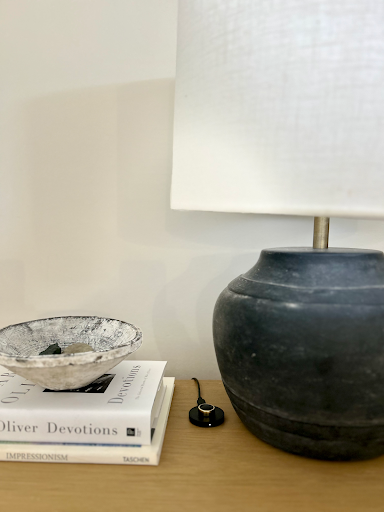
Pricing starts at $299 for the Heritage model and $349 for the Horizon model, which is a more minimalist design. Each style comes in up to five colors, and a $6 monthly data subscription allows you to access all features. I was curious if I could get by without the subscription but a quick peek at Reddit revealed the device without the subscription is basically useless, so I factored the monthly fee into my costs.
When you choose your ring you’ll have the option to order a free sizing kit. You can wear the ring on any finger, but Oura recommends your index finger for the most accurate readings. I typically wear my Oura Ring on my index finger during the day, but move it to my middle finger at night when I have more swelling, especially in the summer. I don’t see any discrepancies in data by moving the ring from finger to finger as long as the sensor sits on the inside. The ring weighs in at around 5 grams, and it’s much lighter than a gold or silver band of the same size, so it’s easy to forget you’re even wearing it.
The ring holds its charge for up to seven days and can power up in less than an hour. This wasn’t something I thought about before ordering but it’s actually very convenient, especially for weekend trips and short travel — packing the charger isn’t even necessary.
Main benefits I’ve found with Oura and how I leverage them
Sleep Tracking
Sleep tracking is a total game changer in the quality of my sleep (and my life!). Having reliable data has been essential for me to establish a healthy routine after having my daughter two and a half years ago.
“Having reliable data has been essential for me to establish a healthy routine.”
After a few months of wear, Oura provides you with your sleep chronotype and suggests your optimal bedtime and wake times. Occurring to Oura, my chronotype is “Morning Type,” which means I thrive when I wake with the sun and go to bed early. It suggests that I go to bed around 10:30pm and wake around 6:30am. Following this routine has had a profound impact on the quality of my rest, and provides the accountability I need to get in bed on time.
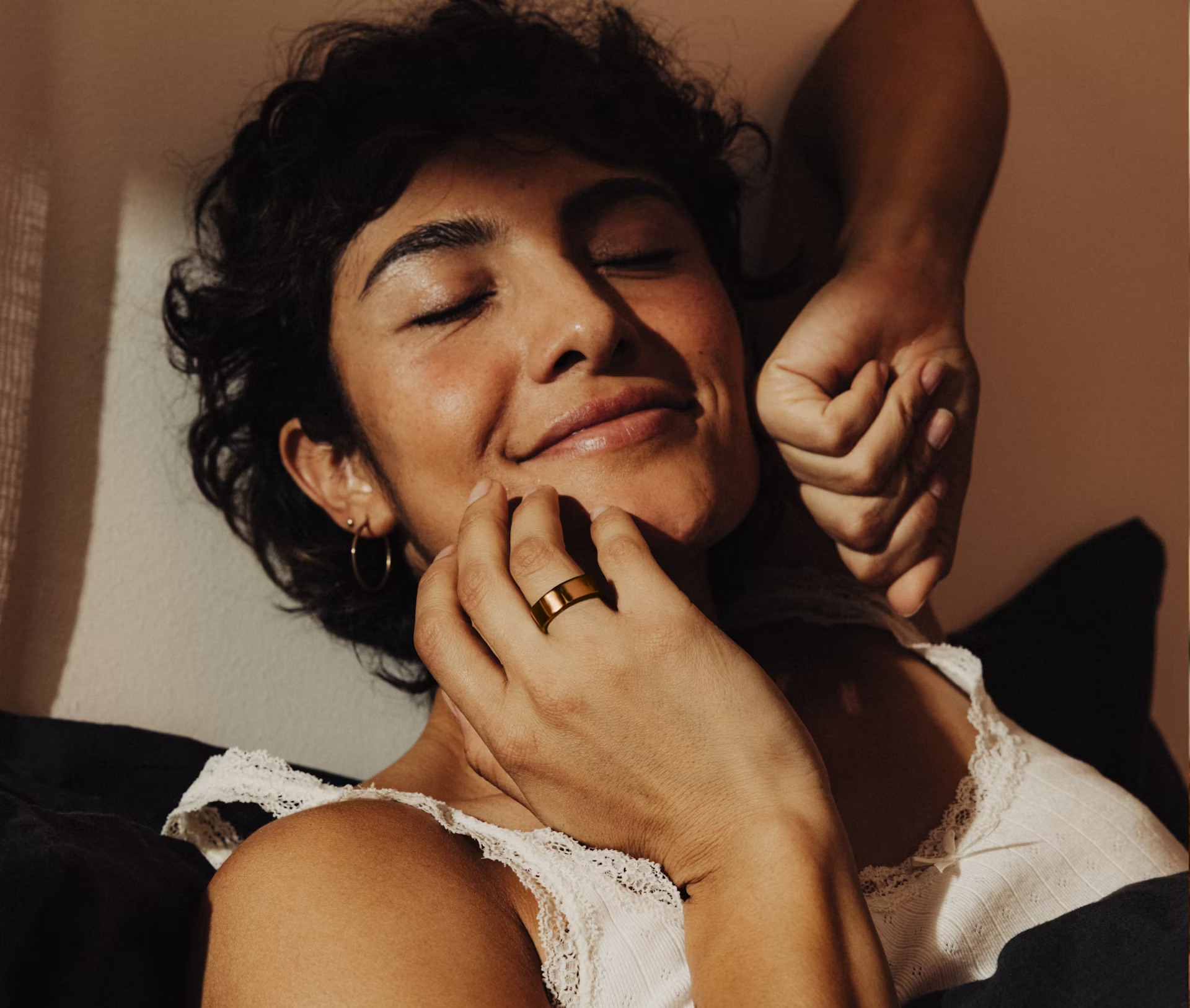
Oura also gives me insights on how alcohol, late-night snacks, cold plunging, or heavy training impact my sleep and HRV overnight (a quick primer on HRV and why it matters here). Changing the timing and frequency of these activities has been relatively easy, in exchange for huge positive impacts on my overall energy, mood, and feeling well rested when I wake. A few personal insights:
- Alcohol decreases my overnight HRV by about 40–50% and tends to interrupt my deep sleep, so I’ve cut down from three to five drinks a week to three to five drinks per month. (Less drinking has also significantly lowered my anxiety levels.)
- Cold plunging and moderate exercise after 6 p.m. tend to keep my heart rate elevated well into the night, so I adjusted my schedule to incorporate these morning or midday whenever possible. Some people (like my husband) have much more tolerance for this, but I try to respect my own body’s rhythms.
- A meal or snack past 8 p.m. will negatively impact my heart rate and HRV so I avoid unless for a special occasion.
- Sleeping in temperatures below 71° Fahrenheit provides the most REM and deep sleep, and my highest sleep scores are on my Eight Sleep mattress cover with automatic temperature regulation.
- Sleeping in the same room as my daughter tends to lead to more wakes throughout the night and lighter sleep (shocking!) and I fall asleep the fastest when my husband and I go to bed at the same time.
- My best sleep is after forest walks or extended time in nature.
Many of the insights I’ve found are common sense and may be relevant to most, but it’s incredibly helpful to learn your own biodata and work within the rhythms that make sense for your body.
Cycle Tracking with the Oura Ring
The most surprising benefit I’ve found in using my Oura Ring is the excellent menstrual cycle data. I was not expecting this information to be so reliable and impactful, and this metric alone would keep me wearing the ring 24/7. Oura uses your nightly body temperature, along with other biosignals like HRV, to generate your period prediction window — but you can also interpret the data to see what phase of your cycle you are in and whether you have ovulated yet within your cycle. Menstruating people everywhere, I cannot tell you how amazing this is.
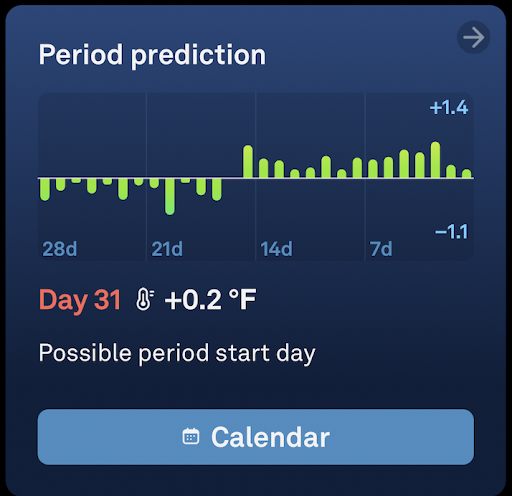
The fertility implications are obvious (and cannot be understated if you are a menstruating person who wishes to become pregnant, or one who wishes not to become pregnant but is not on hormonal birth control), but beyond that, there are so many cycle-related lifestyle decisions that can be better supported with real-time data. Previously I had adjusted lifestyle behaviors like exercise and diet based on what part of my cycle I assumed I was in by counting days, but unless you are someone who physically feels your ovulation (sometimes I do, mostly I do not), then you are just guessing about when your hormones tip into another phase entirely. Once I had the Oura Ring, I could confirm which day I ovulated and when I was entering the luteal phase. A few personal insights:
- I can sustain much more aggressive exercise and cold plunge routines pre-ovulation without seeing a negative impact on my HRV and other sleep and recovery indicators, I tend to push myself in this time and ease up a few days after ovulation.
- My follicular phase can vary in length, but once I’ve ovulated I know my period will follow 14 days later (for someone whose cycle ranges between 28-35 days or so, how nice it is to actually know when you’re going to bleed!).
- My HRV drops about 50% in the last week before my period and recovers about 24 hours before I start to bleed. If I drink or have significant stress or exercise during this period, my HRV hits its all-time low. This has been a wonderful accountability partner for enforcing rest during this time.
Importantly, Finland abides by the GDPR, and US-based health authorities cannot subpoena data from it about anything cycle-related. The company also employs data encryption so no one else could view your info if they got ahold of your ring.
Activity Tracking with the Oura Ring
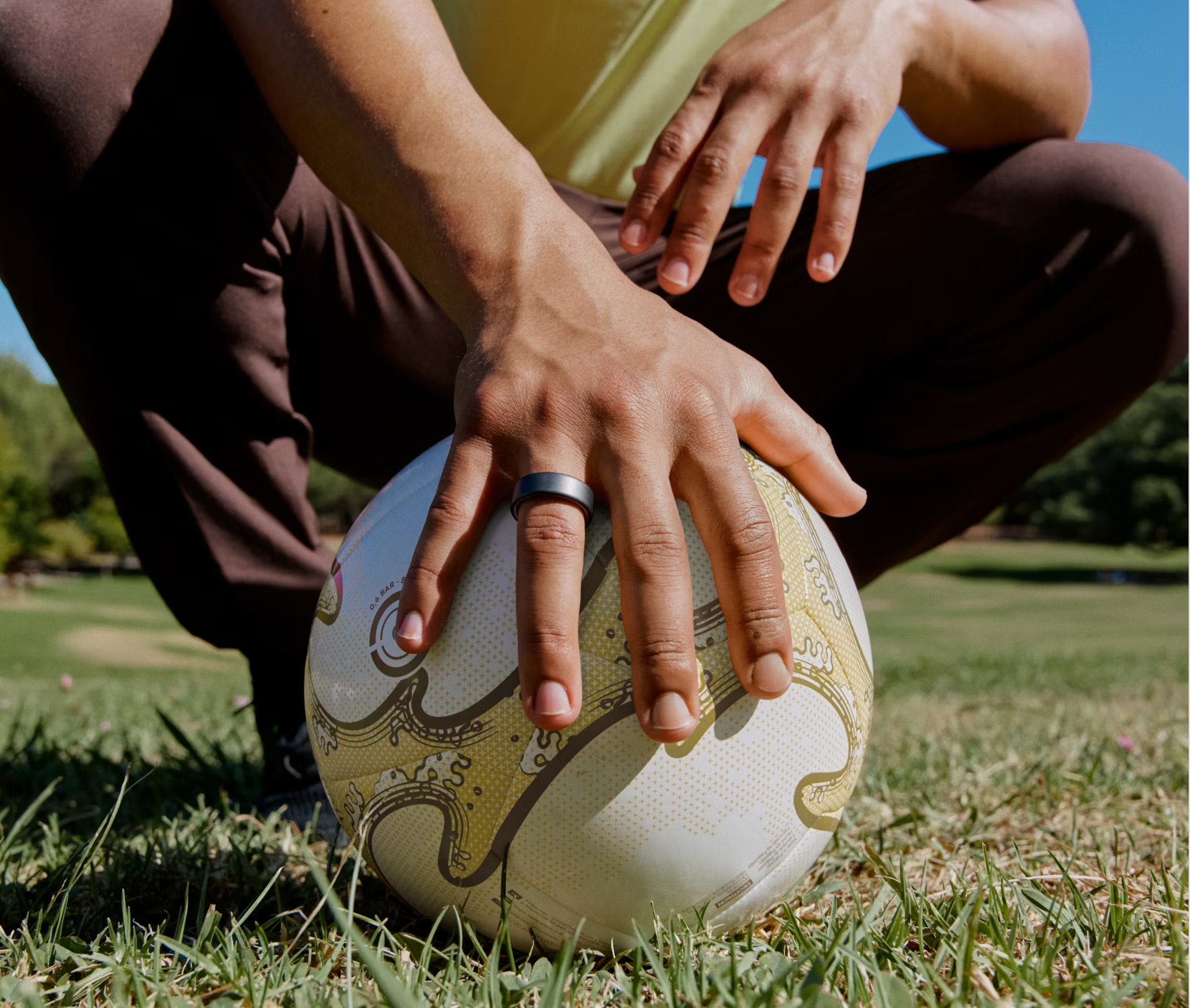
Oura’s activity dashboard displays your daily steps goal and progress, calories burned, and recovery metrics. I turned off the calorie burn metrics immediately, it’s an easy switch and personally, I would much rather focus on the key metric of my steps goals. I recently read, and highly recommend, “Built to Move” by Kelly and Juliet Starrett which outlines ten essential daily movements linked to longevity and health outcomes. Central to their thesis and the research: Walk a lot!
The accountability and real-time data was the BFF I needed to get me moving. Steps are such an achievable and empowering goal because they can be done almost anywhere and anytime to boost energy, mood, and health in such a simple way.
Final thoughts
Oura Ring is one of the most simple, minimal trackers on the market, but it packs a powerful punch when it comes to comprehensive and real-time data. The cost of the device and subscription are fairly valued in the market. In my opinion, Oura is the least invasive way to get the most data.
AmyAnn Cadwell is Founder and CEO of Vrai Media, a global lifestyle media brand that includes TheGoodTrade.com and GoodGear.com.

